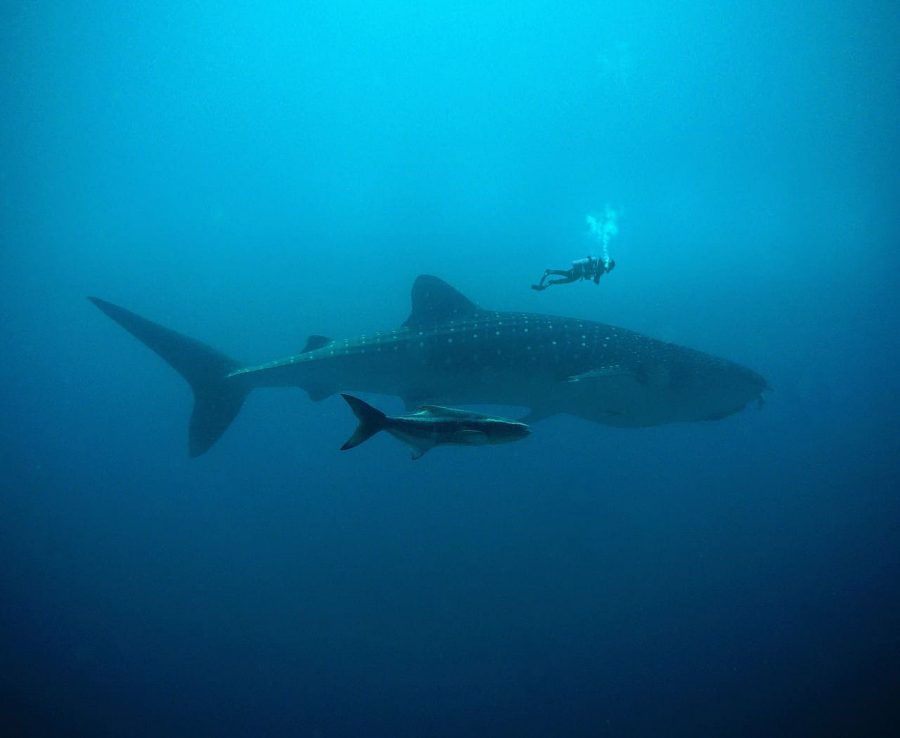Introduction
The Red Sea, a seawater inlet of the Indian Ocean, lies between Africa and Asia and is one of the most beautiful diving destinations in the world. Its crystal-clear waters, vibrant coral reefs, and diverse marine life make it a paradise for underwater explorers. However, as with any adventure sport, safety is paramount in scuba diving. This comprehensive guide aims to equip you with essential safety guidelines, site recommendations, and gear advice for a safe and enjoyable diving experience in the Red Sea.
Understanding the Risks
Natural Hazards and Marine Life
The Red Sea is home to a variety of marine creatures, some of which can be hazardous. It’s essential to understand the behavior of species like lionfish, moray eels, and sharks. Currents and visibility can also change rapidly, posing challenges even for experienced divers. PADI offers detailed insights into marine life and how to interact safely with them.
Physical and Physiological Risks
Divers in the Red Sea must be aware of decompression sickness, nitrogen narcosis, and oxygen toxicity. These conditions are influenced by depth, time underwater, and breathing gas composition. The Divers Alert Network (DAN) provides valuable resources on these topics.
Real-life Stories
Learning from others’ experiences is invaluable. Websites like Scuba Diving Magazine often feature stories of underwater emergencies and how they were handled, offering practical lessons in risk management.
Understanding Diving Safety
Basic Safety Principles
Adhering to diving safety principles is non-negotiable. This includes understanding and using the buddy system, knowing your limits, and never holding your breath.
Pre-dive Preparations
Pre-dive checks and planning are crucial. The British Sub-Aqua Club provides excellent guidelines on pre-dive preparations.
Diving in the Red Sea: Unique Considerations
Specific Risks
The Red Sea’s unique environment requires divers to be aware of specific risks like strong surface winds and saline waters, which can affect buoyancy. Local dive shops and guides, such as those listed on Red Sea Diving Safari, can provide current, location-specific advice.
Local Marine Life
Understanding the local marine ecosystem is key to a safe dive. The Red Sea Project offers insights into the region’s biodiversity and conservation efforts.
Top Dive Sites in the Red Sea
Sites for Beginners and Experienced Divers
The Red Sea offers a range of dive sites suitable for all levels. Websites like Dive.in provide comprehensive guides on various dive sites, from beginner-friendly shores to advanced deep dives.
Gear Check and Maintenance
Equipment Checks
Regular checks of wetsuits, masks, breathing apparatus, and BCDs are essential. Scuba Diver Life offers practical tips on gear maintenance.
Personal Anecdotes
Reading about personal experiences, such as those shared on DeeperBlue.com, can provide real-world insights into dealing with gear-related issues.
Training and Certification
PADI Eco Center
The PADI Eco Center plays a crucial role in providing education and certifications. Their website details courses like Adventure Diver, Advanced Open Water Diver, and Rescue Diver.
Continuous Learning
Continuous education is vital in diving. Platforms like NAUI offer advanced courses and resources for divers at all levels.
Health and Fitness for Divers
Physical and Mental Fitness
Being physically and mentally fit is crucial for divers. Regular exercise, proper nutrition, and mental preparedness are key, as discussed in resources provided by Dive Training Magazine.
Medical Conditions and Diving
Certain medical conditions can impact diving safety. Consult resources like Undercurrent for advice on diving with medical conditions.
Safe Diving Practices
Buddy Checks and Dive Planning
Conducting thorough buddy checks and dive planning is essential. The Professional Association of Diving Instructors (PADI) offers guidelines on these practices.
Adhering to Limits
Respecting depth and time limits is crucial for safe diving. Experienced divers share their habits and routines on forums like ScubaBoard.
Practical Tips for Red Sea Liveaboards
Packing and Preparation
Packing essentials for a liveaboard trip is different from shore-based diving. Dive Magazine provides useful tips for liveaboard adventures.
Unique Aspects of Liveaboard Diving
Liveaboard diving in the Red Sea offers a unique experience. Resources like Liveaboard.com offer insights into what to expect and how to prepare.
Conclusion
Diving in the Red Sea is an unforgettable experience, but it comes with responsibilities. By following these safety tips and guidelines, you can ensure a safe and enjoyable adventure. Remember, the key to a successful dive is preparation, respect for the marine environment, and continuous learning. Dive safe and enjoy the wonders of the Red Sea!

Faris is the passionate founder of Travel2Egypt, deeply connected to Aswan’s essence. He aims to share the true heart of Egypt through its rich history, vibrant culture, and the warmth of its people. Join Faris to experience the magic of Aswan beyond the usual tourist paths.





